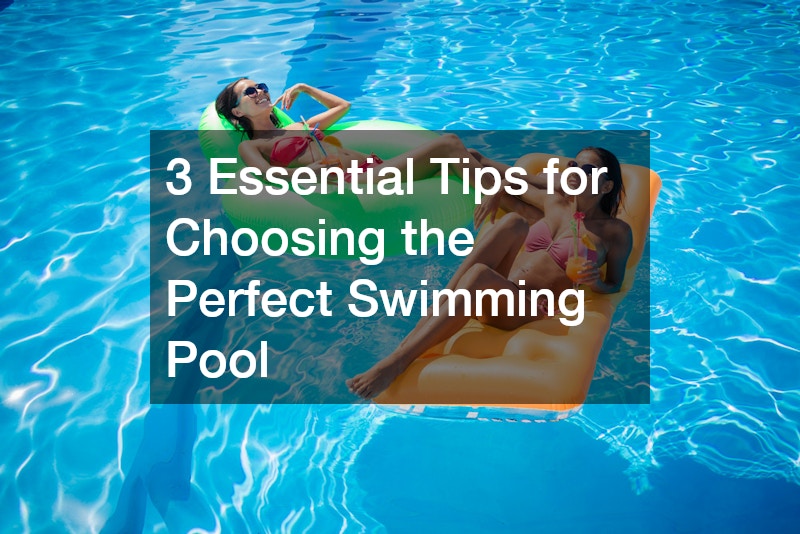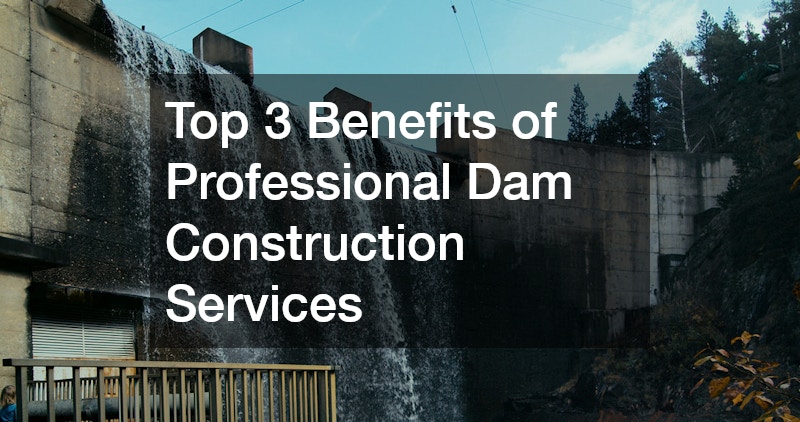Adding a pool to your home is a decision that goes far beyond aesthetics. It represents a lifestyle choice, an investment in your property and a commitment to creating a space where friends and family can relax and connect. With so many styles, materials and features available, selecting the right pool can be a complex task. To make the most of your investment, it’s important to understand your needs, evaluate your options and plan for long-term satisfaction.
1. Understand Your Space and Lifestyle
The first step in choosing the right pool is assessing how much space you have and how you plan to use it. A small backyard might not accommodate a full-sized lap pool, but it could suit a plunge pool or a compact design that still offers a cooling escape.
Conversely, a larger outdoor area may give you more freedom to include added features such as spa zones, water features or integrated landscaping.
It’s also crucial to think about your lifestyle. Are you looking to entertain guests, encourage active kids to play outside or simply relax after a long day? The answers to these questions will influence the shape, depth and style of the pool that suits your home. For example, families with young children often opt for pools with shallow areas and safety ledges, while fitness-focused individuals might prioritise length and lane markings for lap swimming.
Planning for the pool’s relationship to your house is also key. Consider how it will be accessed, the view from indoor areas and how it fits into the overall flow of your yard. A well-positioned pool can enhance your outdoor living experience and improve the functionality of your garden or deck area.
2. Choose the Right Materials and Features
Once you’ve assessed your space and goals, the next step is to consider the materials and features that will shape the pool’s look and longevity. The three most common materials used in swimming pools are concrete, fibreglass and vinyl. Each has its strengths and trade-offs.
Concrete pools offer the most flexibility in terms of shape and size. They are ideal for custom designs and can be finished with a variety of surfaces, including tiles, pebblecrete or plaster. However, they generally involve longer construction times and may require more maintenance.
Fibreglass pools are pre-moulded and come in a range of standard shapes. They are known for being durable, quick to install and low maintenance. Their smooth surface also helps resist algae growth, making cleaning easier. However, their design options may be more limited compared to concrete.
Vinyl-lined pools tend to be more budget-friendly and offer some flexibility in design. While they are comfortable to swim in and relatively quick to install, the lining may need to be replaced every few years.
Beyond materials, it’s important to think about additional features such as lighting, heating, covers and filtration systems. Energy-efficient pumps and solar heating can reduce long-term operating costs. Water features and lighting not only enhance visual appeal but also extend usability into the evening. Smart technology, such as automated cleaning systems or app-controlled lighting, can also increase convenience.
3. Budget Realistically and Plan for Ongoing Costs
Building a pool is a major investment and it’s important to have a clear understanding of both upfront and long-term costs. Your initial budget should include excavation, construction, landscaping and safety compliance such as fencing. However, it’s equally important to account for ongoing expenses such as maintenance, cleaning, water treatment and utilities.
Some homeowners make the mistake of focusing solely on the installation cost without considering operational costs over time. A cheaper installation might end up costing more in maintenance or repairs, while a more expensive setup with efficient systems could save money in the long run.
It’s also wise to factor in seasonal changes. In some parts of Australia, pool usage may be year-round, while in others it may be limited to the warmer months. Adding heating systems or pool covers can help extend the swimming season, but will affect the budget.
If you’re unsure where to begin, consulting with a professional pool designer or installer can help you clarify costs and expectations. They can also advise on local council regulations and permit requirements, which vary by location.
Choosing the perfect swimming pools for your home is a process that involves more than just picking a shape or size. It requires a thoughtful approach that balances your space, lifestyle and budget while considering long-term maintenance and enjoyment. By assessing how you want to use the pool, selecting the right materials and features and planning for ongoing costs, you can make a confident decision that adds value and enjoyment to your property.
.


